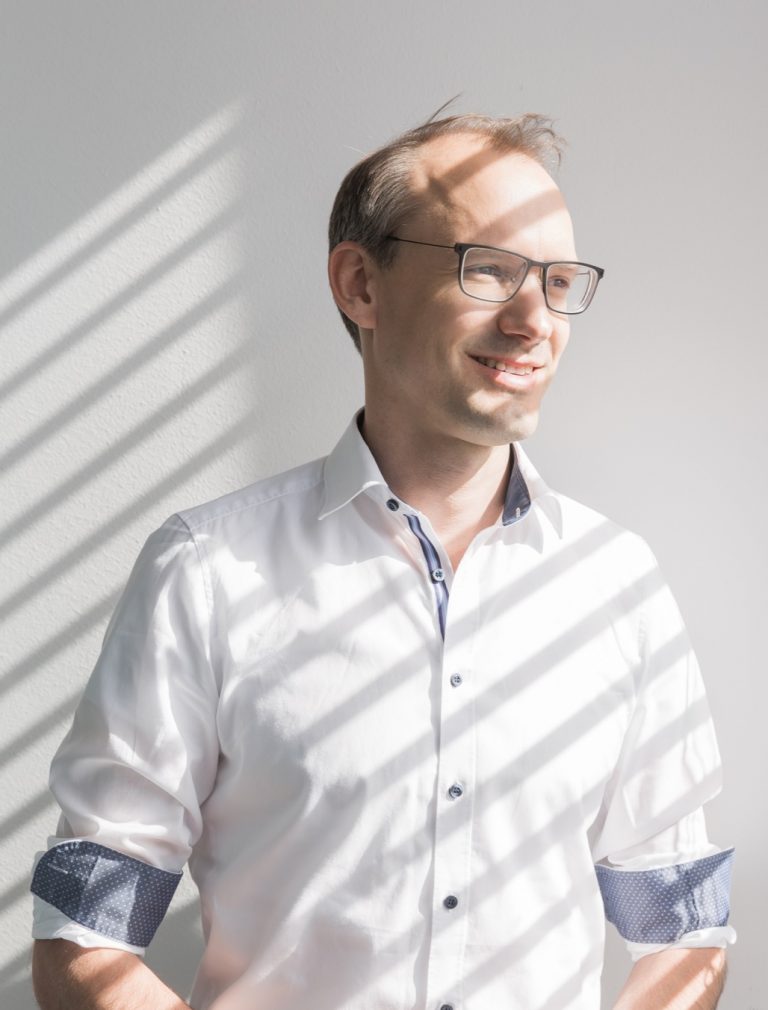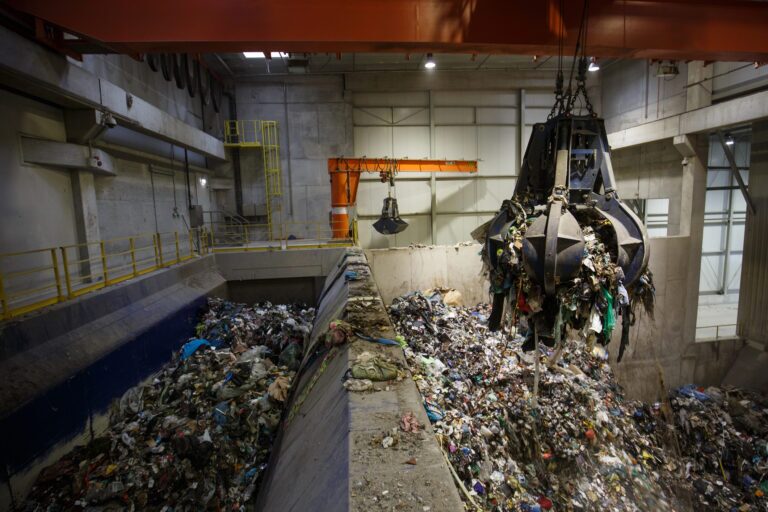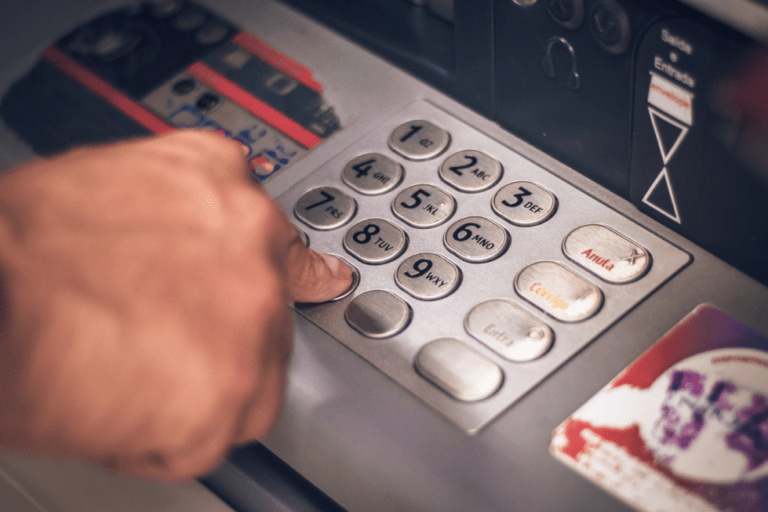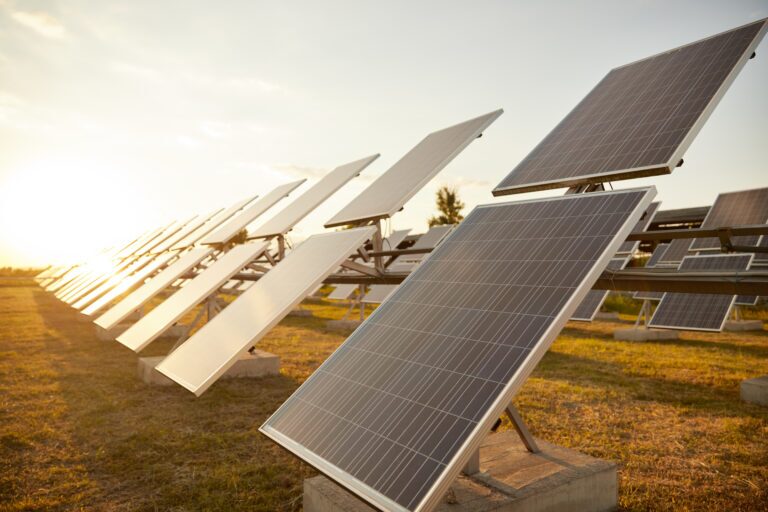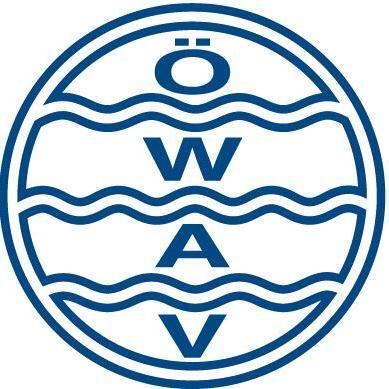While Germany may not have as many kilometers of coastline as some of its neighbors, its North Sea and Baltic Sea beaches remain highly popular among tourists. This was especially true during the pandemic, when the uncertainty of international travel prompted many to stay closer to home. However, the resulting crowds in the summers of 2020 and 2021 have proved difficult to manage, creating negative impacts for the environment, locals, and visitors alike.
On the one hand, overcrowding on the beaches can harm sensitive ecosystems such as the Wadden Sea UNESCO World Heritage Site. Additionally, high demand for recreation on the North Sea beaches leads to congested streets, overcrowded town centers, and busy promenades, which can be stressful for locals during peak tourist season. Visitors themselves may also find it less enjoyable to be packed tightly together on the beach or struggle to find parking.
Looking for a visitor guidance system
To address these challenges of “overtourism” and better guide visitors at the North Sea, the umbrella marketing organization Die Nordsee GmbH sought a solution in partnership with Wangerland Touristik GmbH. Their joint initiative aimed to monitor visitor volumes at various locations across their territory and suggest alternative destinations during periods of high occupancy. “Our vision was to provide guests with up-to-date occupancy information in a digital format, allowing them to enjoy their vacation carefree” explains Tim Schönfeld, Digitalization Manager at Wangerland Touristik GmbH. The project aims to equalize tourist hotspots and promote lesser-known leisure facilities in the charming hinterland.
To record people in locations of high tourist interest and visualize the occupancy rate, a sensor system with specific requirements was necessary. The tender by Die Nordsee GmbH for a suitable solution provider was won by people-counting specialist EvoCount.

Detecting visitors anonymously with sensor systems
Three key requirements were identified for the North Sea project sensor system: real-time data collection that complies with data protection regulations, weather resistance, and a wide field of view. “Given these requirements, it became apparent that LiDAR technology was the best option for the project,” said Lukas Baldischwieler, Head of Sales at EvoCount. “LiDAR outperforms other alternatives, such as camera detection, in terms of data protection, weather resistance, and night-time use.”
One critical aspect of the project is data privacy since the sensor system is used in public spaces like parking lots or boardwalks. It is crucial that the information captured doesn’t contain any personal data. In contrast to cameras, LiDAR technology captures only 3D data, so it doesn’t store any information about individuals.
Defying the elements
The next requirement for the sensor system was weatherproofing. “The North Sea system must be able to collect data reliably in precipitation and fog and be operational regardless of light conditions, such as strong sunlight or night-time,” Baldischwieler explained. Again, LiDAR technology stood out as the best option since it is independent of ambient light, and precipitation and fog have little impact on LiDAR data.
Finally, Baldischwieler mentioned that the nature of many of the sites at the North Sea presented a challenge. For instance, passageways leading to the beach can be up to fifty meters wide, which cannot be covered by depth sensors or photoelectric sensors usually used. As a result, the Blickfeld Cube 1 LiDAR sensor was selected for the project due to its broad field of view, small size, and low price.
Nearly sixty sensors at eight locations count people and vehicles
At eight different locations, nearly 60 sensors have been installed to count people and vehicles. Roughly half of these sensors monitor parking lots and intersections to track occupancy via vehicle traffic, while the other half count people on the beach or boardwalks.
The installed LiDAR sensors capture a continuous live stream of 3D data, and the associated perception software detects objects such as cars, cyclists, or pedestrians. Counting zones are strategically set up in the software at locations such as the passageway to the beach section and the driveway to the parking lot. If a person or vehicle enters this zone, the algorithm counts them. The resulting count data is fed into EvoCount’s EvoEyes evaluation platform, where it can be displayed, analyzed, and used for further action by the umbrella marketing organization.

Digital pillars and websites help with trip planning
To help with trip planning, digital steles and websites are available at different locations around the North Sea. Some locations use digital display surfaces that resemble advertising pillars and can be used to display occupancy information and excursion suggestions. Occupancy rates are accessible on Die Nordsee GmbH’s website and on the individual destination websites for all locations.
“The websites also give us the first indication that the offer is being accepted and that the project is a success,” explains Baldischwieler. “Since the occupancy displays have been online, website usage has risen sharply. Visitors can find out in advance how many more people they would potentially have to share the beach with.” Guest cards used by destinations also provide information about the project’s success. “The municipalities report increasing access rates in the partner towns,” says Sonja Janßen, managing director of Die Nordsee GmbH. “The visitor guidance system is working, as vacationers are spreading out to more locations.”
LiDAR technology helps secure the future of German tourism
LiDAR technology is a crucial factor in digitalization efforts aimed at preventing destinations from becoming overcrowded. This helps protect the environment and locals while ensuring a pleasant experience for tourists in German destinations.


